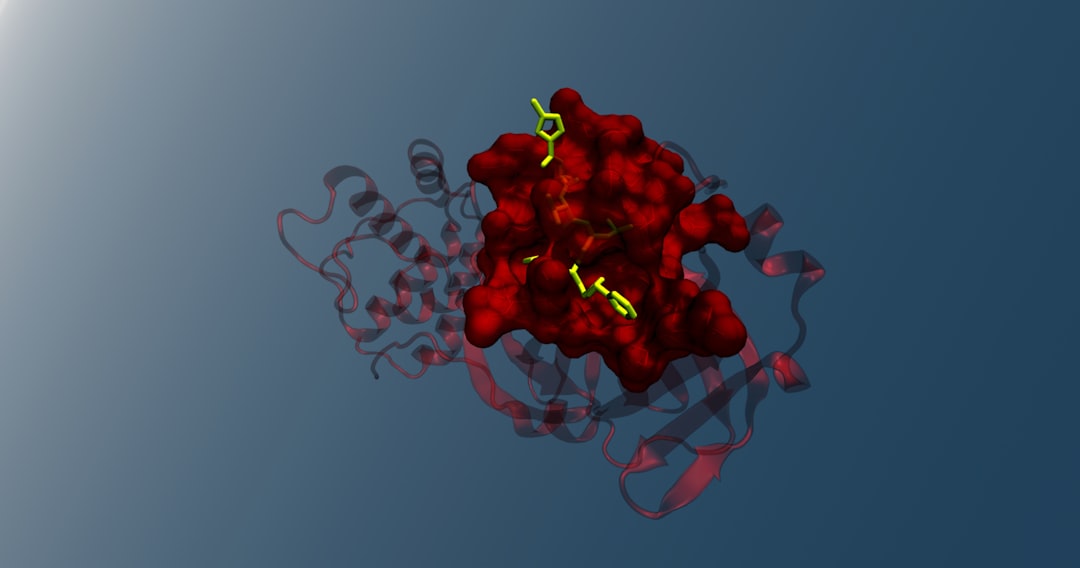What is it about?
Study identified the mobility of metals in road deposited solids in urban areas. It was found that metals adsorbed simultaneously to several distinct charge sites of solid particles. Metals preferentially attach to geogenic metal (Fe, Al, Mn) oxides by chemisorption and Clay minerals adsorb metals by ion exchange with high likelihood of bioavailability. Metal sorption to organic matter is by chemisorption, and cation exchange is secondary
Featured Image
Why is it important?
Study investigated the adsorption and bioavailability of traffic generated metals in road deposited solids. Analysis revealed that metals are selectively adsorbed to different charge sites on solids. Zinc, copper, lead and nickel are adsorbed to oxides of manganese, iron and aluminium. Lead is adsorbed to organic matter through chemisorption. Cadmium and chromium form weak bonding through cation exchange. Outcomes provide guidance for the removal of metals from stormwater.
Read the Original
This page is a summary of: Adsorption and mobility of metals in build-up on road surfaces, Chemosphere, January 2015, Elsevier,
DOI: 10.1016/j.chemosphere.2014.02.048.
You can read the full text:
Contributors
The following have contributed to this page










